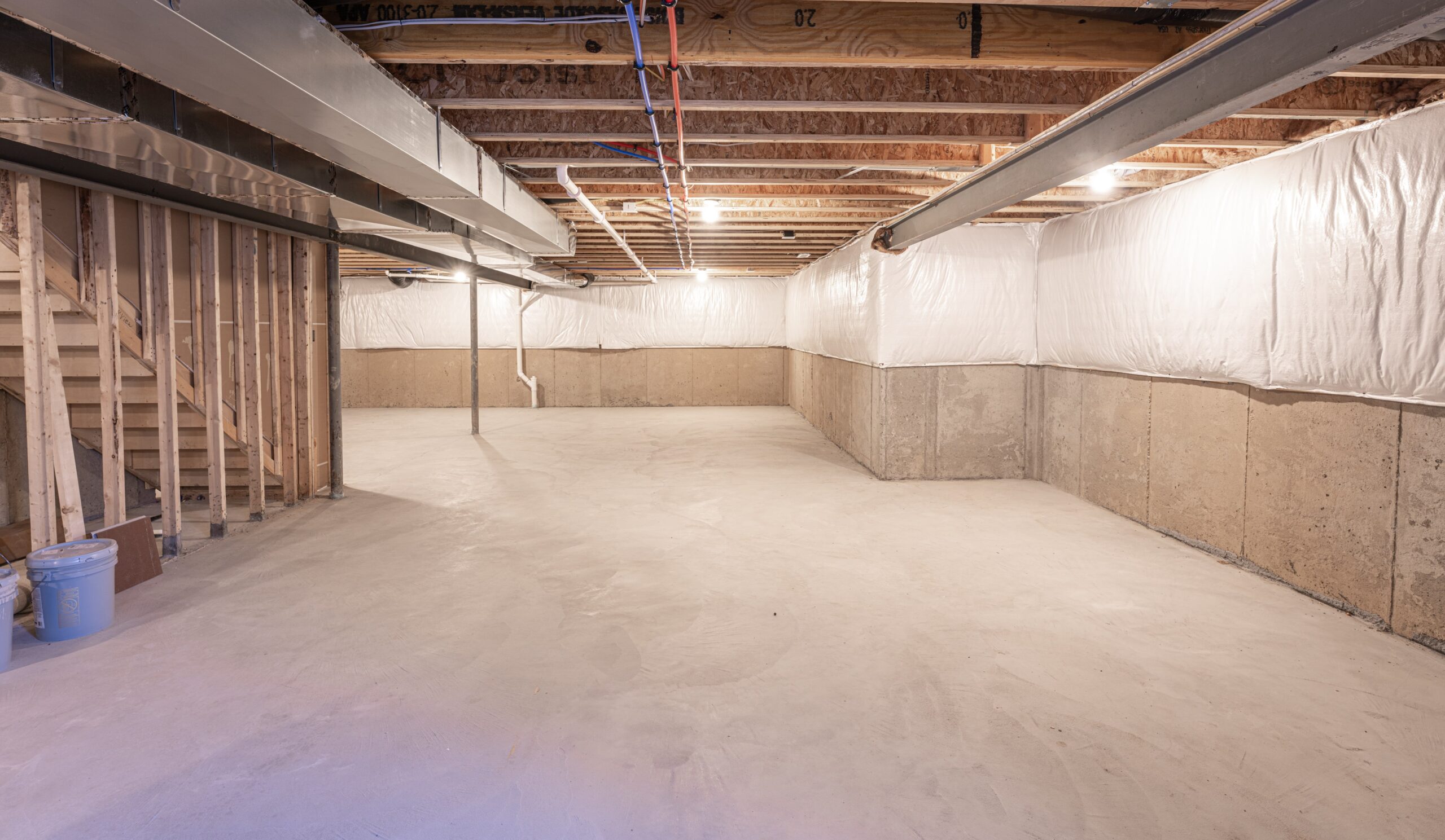
The only real way to solve and prevent flooding in the basement is through proper basement waterproofing. This consists of a number of measures and methods that work together to keep your basement dry at all times. Let’s check out the steps needed to be taken to guarantee that your basement is flood-free and unbothered by leaks.
Inside the basement
To keep things in order in the basement, you need to start within the basement area itself. Firstly, you have your standard waterproofing seals and treatments for the walls. While these coatings will deter moisture from seeping inside, they are hardly enough for a thorough waterproofing solution. Water pressure from the outside will eventually breach them, and allow dampness to make its way in.
Secondly, over the years, cracks might develop in the basement walls. The repairs required to remedy these will depend on the severity. You can always attempt to patch them up, but it might be safer to have the affected wall inspected to be sure.
Having proper drainage also helps a lot. This is great for moving the water out in case there are any leaks that develop. If your basement for some reason doesn’t already have a drainage system, you definitely should look into getting one installed.
You should also consider having sump pumps added to augment your home’s waterproofing measures. With all that in place, you’ll worry less about flooding in the basement. This way you can prevent mold developing in nooks and crannies.
Outside the basement (or outside your home)
Ensuring that the interior is waterproof, requires measures on the outside too. The most important is to make sure that the outside walls are kept as dry as possible. The major issue is preventing ground water from flowing back against the house structure. This is achieved by proper grading of the soil around the house. In this way ground water is directed away from the walls towards required drainage systems.
Rain is another issue that could cause waterproofing problems. If gutters become clogged, rainwater can start making its way under the eaves and into the walls, eventually ending up in the basement. Downspouts must also be clear and the water issuing from them must be directed away from the walls.
Tasks like periodic gutter maintenance and clearing blocked downspouts are tasks the houseowner can reasonably easily manage. However, other aspects such as soil grading, and drainage design, might be best left to professionals. That’s because many of these tasks involve technical knowledge and heavier machinery, that most people don’t have access to.
Waterproofing and sealing the basement foundations is also something that’s usually done during construction, so it’s usually done by pros.
Look to the professionals for guidance.
Every home has different specifications, and thus the waterproofing strategy for each one can vary. The important thing is to consider all the variables involved and come up with a comprehensive basement waterproofing plan. You can always skimp and go with a temporary fix, but this can lead to more issues later on.
If you don’t want to leave anything to chance, call in waterproofing professionals for a comprehensive assessment of where the problem lies, and how it can be solved most economically. We have the skills, tools, experience, and know-how to ensure that your basement will be dried out and remain so for many years. It’s a worry-free solution that’s well worth the money, so call us today!
